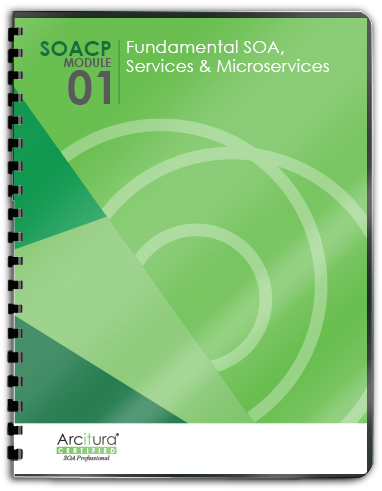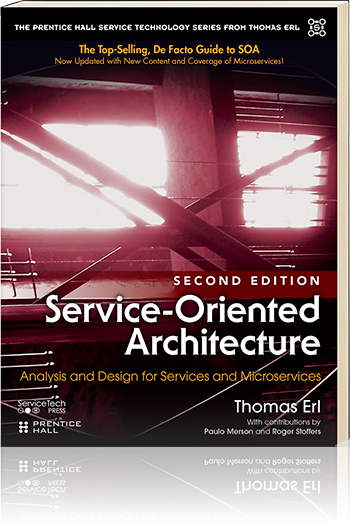SOA Patterns > Basics > Service-Orientation Principles > Overview
Overview
The key to getting the most out of SOA lies within the knowledge of how to create “truly” service-oriented solution logic. That knowledge has been documented as part of the service-orientation design paradigm. As with object-orientation, service-orientation represents a distinct approach to designing solution logic in support of a very specific set of goals.
This site introduces the design principles that comprise the service-orientation design paradigm and further explores various aspects and effects of applying service-orientation in the real world. Becoming proficient with the concepts and principles of service-orientation equips you with an understanding of what is and is not considered “service-oriented” within the world of solution design. This understanding leads to a clear comprehension of how to shape solution logic specifically in support of the strategic goals and benefits associated with SOA and service-oriented computing.
Furthermore, this comprehension provides you with a great deal of clarity when surveying the current SOA marketplace. It allows you to see past the (sometimes questionable) “SOA” branding used to market products and professional services, and enables you to assess which of the available technologies, features, and resources are truly compatible with your business requirements and with how you plan to position SOA and build service-oriented solutions within your organization.
The criteria for this type of assessment no longer is whether something claims to provide SOA support, but whether its actual features will help you realize the desired level of service-orientation within your solution designs. With such a clear perspective, you may discover that some of the most suitable products and technologies for building service-oriented solutions may not be branded with “SOA” at all.

Download the
Official Service-Oriented Principles Poster (PDF, 4.8 MB)

